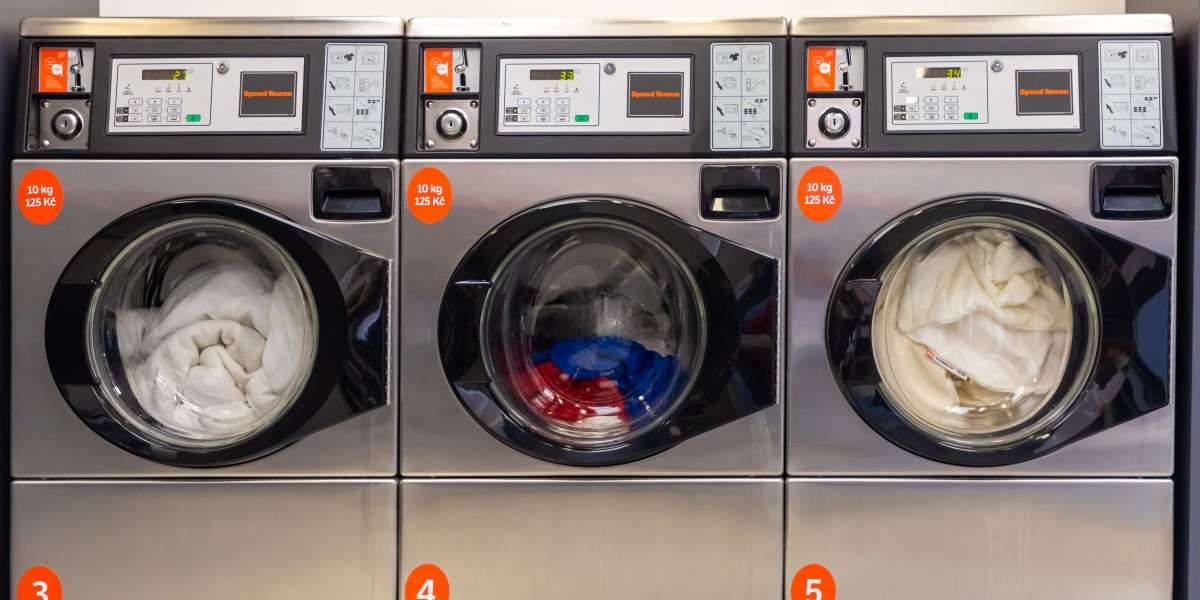A stunning jewelry photo can make all the difference in online sales. Shoppers cant touch or try on jewelry before buying, so high-quality images must do the convincing. A well-retouched image enhances clarity, sparkle, and color accuracy, making pieces look luxurious and desirable.
Have you ever taken jewelry photos only to find dust, scratches, or unwanted reflections? Thats where professional jewelry retouching comes in. This guide covers the best techniques to create flawless jewelry images that grab attention and boost sales.
Why Jewelry Retouching Matters
Poorly edited photos make jewelry look dull and unappealing. On the other hand, professionally retouched images highlight the beauty of gemstones and metals, making them look premium. Heres why retouching is essential:
Boosts Sales: Clear, polished images attract more buyers.
Builds Trust: High-quality photos create a perception of authenticity.
Removes Imperfections: Dust, scratches, and reflections distract customers.
Enhances Sparkle: Brighter, sharper gemstones look more luxurious.
A survey by Etsy found that 90% of shoppers say product image quality is the most important factor in their buying decision. So, if you want to increase conversions, investing in retouching is a smart move.
Essential Retouching Techniques for Jewelry Photos
1. Cleaning Up Imperfections
Even freshly polished jewelry can have dust, fingerprints, or tiny scratches. These flaws become more visible in high-resolution images. To fix them:
Use the Healing Brush Tool (Photoshop): This removes small imperfections without affecting texture.
Apply the Clone Stamp Tool: Copy and blend nearby areas to cover scratches.
Use Frequency Separation: This advanced technique separates texture from color, allowing precise retouching.
Pro tip: Zoom in at 200-300% when cleaning jewelry photos to catch every detail.
2. Enhancing Shine Sparkle
Jewelry should glow without looking artificial. Over-editing can make pieces appear fake. The goal is to enhance natural shine while maintaining realism.
Adjust Brightness Contrast: Slight increases bring out details.
Use Dodge Burn: Brighten highlights and deepen shadows for depth.
Add Starbursts (Optional): For extra sparkle, create subtle light flares on gemstones.
Light plays a major role in jewelry shine. The right retouching techniques ensure gemstones sparkle as they should.
3. Refining Metal Gemstone Texture
Metals should look smooth but not plastic-like. Gemstones should be clear but not overly sharpened. Achieve balance by:
Smoothing Metal Surfaces: Use soft brushes to blend rough areas.
Enhancing Gemstone Clarity: Slightly sharpen edges to define facets.
Using Layer Masks: Apply effects selectively without altering the whole image.
Gold, silver, and platinum reflect light differently. Adjust each metals highlights accordingly for a natural look.
4. Correcting Colors White Balance
Jewelry color should match real-life shades. If a customer buys a blue sapphire that looks purple in your photos, theyll likely return it.
Use White Balance Adjustment: Ensures accurate colors.
Fix Hues with Selective Color Tool: Adjust specific color tones.
Boost Vibrancy (Not Saturation): Enhances color depth without making it look unnatural.
Consistency is key. All jewelry images should have uniform color tones, so they look cohesive in your store.
5. Background Cleanup Enhancement
A messy background can ruin a perfect jewelry shot. Keep it clean and minimal to highlight the product.
Remove distractions: Use the Pen Tool or Background Eraser.
Apply Gaussian Blur: Creates a soft, professional effect.
Use a Pure White Background (For E-Commerce): Meets Amazon, eBay, and Shopify standards.
A clear background ensures that all attention stays on the jewelry, making it pop.
Tools Software for Jewelry Retouching
Professionals use advanced software to edit jewelry images. Here are the best options:
Adobe Photoshop: Industry standard with powerful retouching tools.
Lightroom: Great for batch editing and color correction.
Capture One: Ideal for handling RAW files with precision.
Topaz Labs: AI-powered sharpening and noise reduction.
Each tool has unique features. Photoshop remains the most versatile choice for detailed retouching.
Common Mistakes to Avoid in Jewelry Retouching
Many beginners make errors that reduce image quality. Avoid these mistakes:
Over-Smoothing Metals: Makes jewelry look fake.
Excessive Brightness: Leads to loss of details.
Inaccurate Colors: Misrepresentation causes customer dissatisfaction.
Over-Sharpening: Creates unnatural edges.
Striking the right balance is crucial for realistic and appealing jewelry photos.
Professional vs. DIY Jewelry Retouching
Should you edit jewelry photos yourself or hire a professional? Consider these factors:
DIY Retouching:
✅ Pros: Cost-effective, full creative control.
❌ Cons: Time-consuming, requires skill.
Professional Retouching Services:
✅ Pros: High-quality results, saves time.
❌ Cons: Higher cost.
For brands handling large volumes of jewelry photography, outsourcing retouching saves time and ensures consistency.
High-quality jewelry photos influence buying decisions. Whether you edit images yourself or hire professionals, retouching enhances clarity, color, and sparkle, making products more attractive to customers. Would you like flawless jewelry images without spending hours editing? Our expert retouching team is here to help! Contact us today for stunning results.













